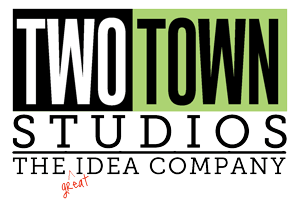Defend yourself!
My friend Ketra is one of the more astute people I know, she has one of those nimble minds that can quickly hone in on the realities of a situation. She is also unencumbered by years of experience in the “old” licensing world – which gives her a fresh perspective, something that is difficult to achieve for those of us limited by our hard-earned certainties.
She used the phrase “a property that is defensible in the market” in conversation a while back, and it keeps popping up in my head. It’s a little twist on one of the commandments of investing – that the company you are considering is able to maintain a defensible market position – but it nicely highlights what is happening in our business right now. I have harped aplenty about the changes wrought by technology and the influx of new artists, but when I think about it in terms of maintaining a defensible position, I come to this conclusion:
It is no longer possible for the majority of artists in this business to gain a competitive advantage in the market, and without that they are simply another one of many with essentially the same offering.
When that happens, in any discipline, the perceived value drops away and your customers are no longer willing to pay a significant price for your services. You need to look no further than logo services or website design for examples – either can be had for 99.00 now. It’s not that there won’t always be a need for another Santa or snowman or stylized flower – certainly for the immediate future that will be true. But will it be worth your time to compete with 500 other artists to supply it? Actually, is it now?
But we don’t have to worry about the competition because we all have a unique product!
But do you really? From Julie Rains of Wisebread:
“The harsh truth is that your customers may not understand, need or even value the differences between your company’s solutions and those of your competitors. Cheaper versions that fulfill similar functions are preferable.”
When your product is a commodity, customers tend to choose solely on the basis of price or even on how much they can get for free. However – if you can bring a rare and truly unique set of skills and designs to the market and can show them something they haven’t seen before, or they can’t get from anyone else, then you can stake out your turf and charge admission – and that’s a whole lot more fun.

